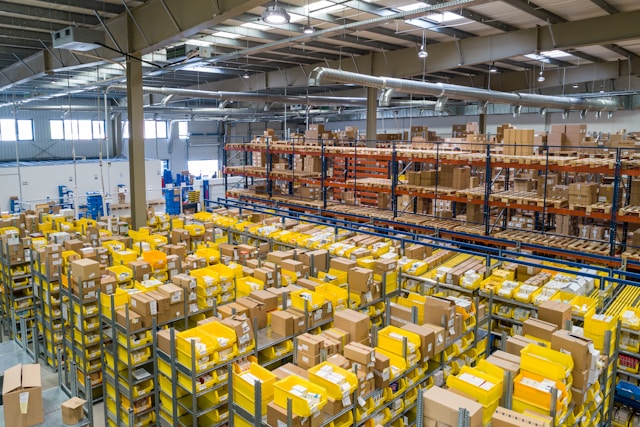What Is The Relationship Between Skyscrapers & The Natural World?
The annual eVolo Skyscraper Competition, which started in 2006, is the world’s most prestigious award event for high-rise architecture and seeks to “challenge the way we understand vertical architecture and its relationship with the natural and built environments.”
This year’s competition was heavily weighted toward eco-friendly and sustainable structures, redefining what skyscrapers are and can be. eVolo received 525 projects from 43 countries and chose three winners and 24 honorable mentions. eVolo also issued a 628 page book highlighting 150 projects from the past several years.
Making The Most Of The Environment
Anything in our environment which is plentiful is a candidate for use as a building block in engineering terms. In this years eVolo Skyscraper Competition one of the themes of submissions was novel ways and materials for building towers.
The third-place entry “Propagate Tower” and an honorable mention “Sand Bable” both used elements from the environment including pollutants, sand, solar energy as well as 3D printers to build their structures in novel ways.
First, YuHao Liu and Rui Wu of Canada designed a “self propagating structure” that converts air pollutants into building material which grow depending on weather conditions and local air quality. “Propagate Tower” was awarded third place. For more details visit eVolo.
Second, Qui Song, Kang Pengfei, Bai Ying, Ren Nuoya and Guo Shen received honorable mention for Sand Babel which is built with sand sintered through a solar powered 3-D printer. For more information, visit eVolo.
The following video shows the Top 10 Skyscraper Concepts from the 2014 Evolo Skyscraper Competition.
Related articles on IndustryTap:
- World’s First Earthscraper: 75 Story “Inverted Pyramid” In Mexico City
- Utopias & Dystopias: Imaginary Cityscapes Of The Future
- China to Build World’s First Floating City
References and related content:







